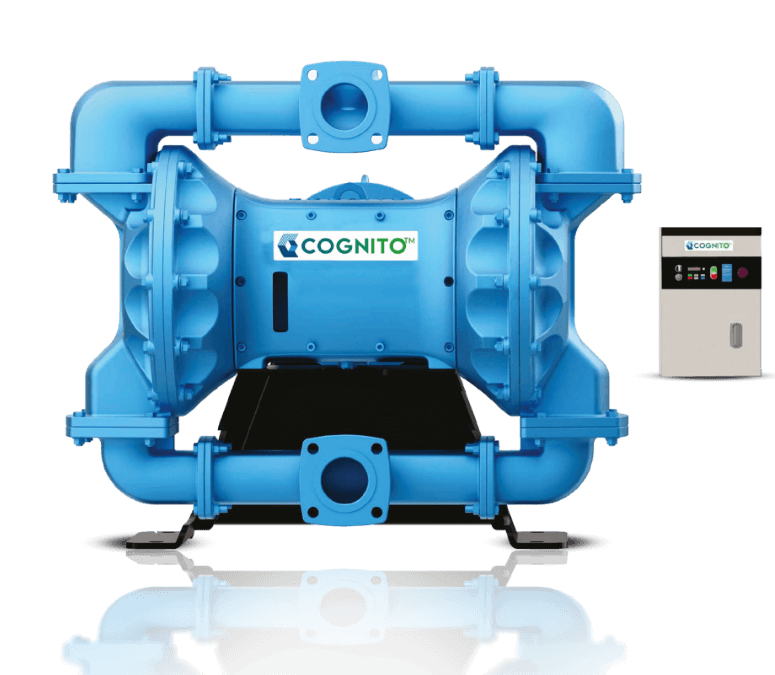Powder Dispersion: Best Practices for Increased Efficiency
 |
| Powder Dispersion: Best Practices for Increased Efficiency |
Powder dispersion, which involves blending particles into a liquid medium, plays a crucial role in various industrial processes. Whether in the food industry, pharmaceuticals, or manufacturing paints and coatings, achieving dispersion is vital for ensuring product quality and performance. Inadequate dispersion can result in issues such as clumping of powder particles, uneven distribution leading to quality variations, processing times, and increased energy consumption. By following these recommended strategies, you can enhance your powder dispersion process, boost efficiency, and produce high-quality products.
Getting to Know Your Powders
The initial step involves understanding the characteristics
of the powders being used. Factors like particle size and distribution play a
role. Smaller particles are easier to disperse compared to larger ones, while
powders with wide size distributions may pose additional challenges. Considering
the density of the particles is crucial, as denser powders might require mixing
methods.
·
Wetting Ability: The ease with which the powder
interacts with the medium influences how effectively it disperses.
·
Selecting the Correct Mixing Gear: Choosing
the right mixing equipment is essential for achieving powder dispersion.
Here are two common types:
·
High Shear Mixers: These mixers use
high-speed impellers to generate shear forces that break down clumps and
facilitate the wetting of the powder particles. They are well suited for
challenging dispersions involving wet powders or those with a range of particle
sizes.
·
In-line mixers: In-line mixers are appropriate
for single-pass in-line processing.
Positioned directly within the pipeline, they introduce the powder directly
into the stream under controlled flow conditions. This continuous method can be
highly effective for defined and easily dispersible powders.
Enhancing the Mixing Procedure
After selecting equipment, adjusting mixing process
parameters is crucial.
·
Mixing Speed: Higher speeds create forces
leading to faster dispersion. However, high speeds can harm powders or generate
excessive heat.
·
Mixing Time: Providing mixing time ensures
dispersion and reduces the risk of undissolved particles remaining.
·
Sequence of Addition: The way powders and
liquids are added can have an impact on how they mix. Sometimes, dampening the
powder slightly with a bit of liquid before mixing it in can be helpful.
Other things to keep in mind
·
Liquid Characteristics: The
thickness, weight, and surface tension of the liquid used can affect how well
the mixture spreads. Thinner liquids usually help powders disperse easily.
·
Temperature Management: Keeping a
temperature range in certain cases can enhance how well things get wet and
spread out.
·
Avoiding air trapping: Too much
air getting trapped can make it harder for things to mix properly. Using vacuum
de-aeration methods can help get rid of any air bubbles that are stuck.
IDEX Quadro: Your Partner for Powder Mixing
IDEX Quadro is a maker of innovative blending tools, such as high
shear mixers and in-line mixers made specifically for efficient powder
spreading. Their team of engineers are ready to assist you in picking the
equipment and creating a personalised mixing method for your particular needs. They
provide pilot programmes and testing setups to make sure your process is
fine-tuned before full-scale production starts.
By following these recommended practices and teaming up with
an equipment provider like IDEX Quadro, you can attain powder mixing, boost
product quality, and increase your production efficiency.
Tailoring the approach to different scenarios
The best way to disperse powder depends on the situation and
obstacles at hand. Here are some other factors to consider:
·
Batch versus continuous processing: Batch
methods involve blending an amount of powder and liquid in one container. This
method allows for adjustments. It can be time-consuming for large quantities.
Continuous processing, made possible by in-line
mixers, ensures continuous production. It works well for high-volume
tasks with clear dispersions.
·
Wetting Agents and Dispersants: Adding
wetting agents or dispersants to the medium can greatly enhance dispersion
efficiency in certain situations. These additives help surface tension, aiding
in the wetting of powder particles. Careful selection and usage of these
additives are crucial to preventing any impacts on the product's quality.
·
Advanced Mixing Technologies: When
dealing with dispersions, advanced mixing technologies, like homogenization
techniques, can be utilized. These methods use frequency waves or strong shear
forces to break down even the most stubborn clumps.
·
Process Monitoring and Control: Using
real-time monitoring systems can offer valuable insights into the dispersion
process.
By analysing factors such as the size distribution of
particles and their viscosity, you can maintain the quality of dispersion or refine
the process for better performance.
Conclusion
By grasping the concepts of powder dispersion and
putting these recommended methods into practice, you can greatly improve the
efficiency and quality of your operations. Whether you need a high-shear mixer
for challenging dispersions or an in-line mixer for processing, IDEX Quadro
provides both the expertise and equipment to assist you in achieving outcomes. Their
dedication to innovation and cutting-edge technology ensures that you can
maximise production output, reduce waste, and stay competitive in the market.
Reach out to IDEX Quadro to discuss your powder dispersion requirements and
discover how they can support you in achieving excellence.



Comments
Post a Comment